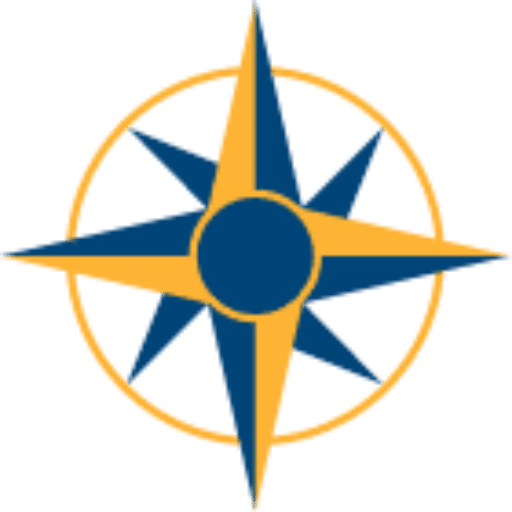- Grants. Awards. Recognition.
Founded in 1995
The Foundation of the American Society of Neuroradiology (Foundation) is the philanthropic arm of the American Society of Neuroradiology, a 501 (c) 3 professional society for Neuroradiologists.

- Promote. Educate. Research.
Your Donations Make An Impact
The Foundation is incredibly grateful for the contributions given by our donors. These donations help fund breakthrough neuroradiology education and research and make a difference in the lives of millions of patients under the care of neuroradiologists.
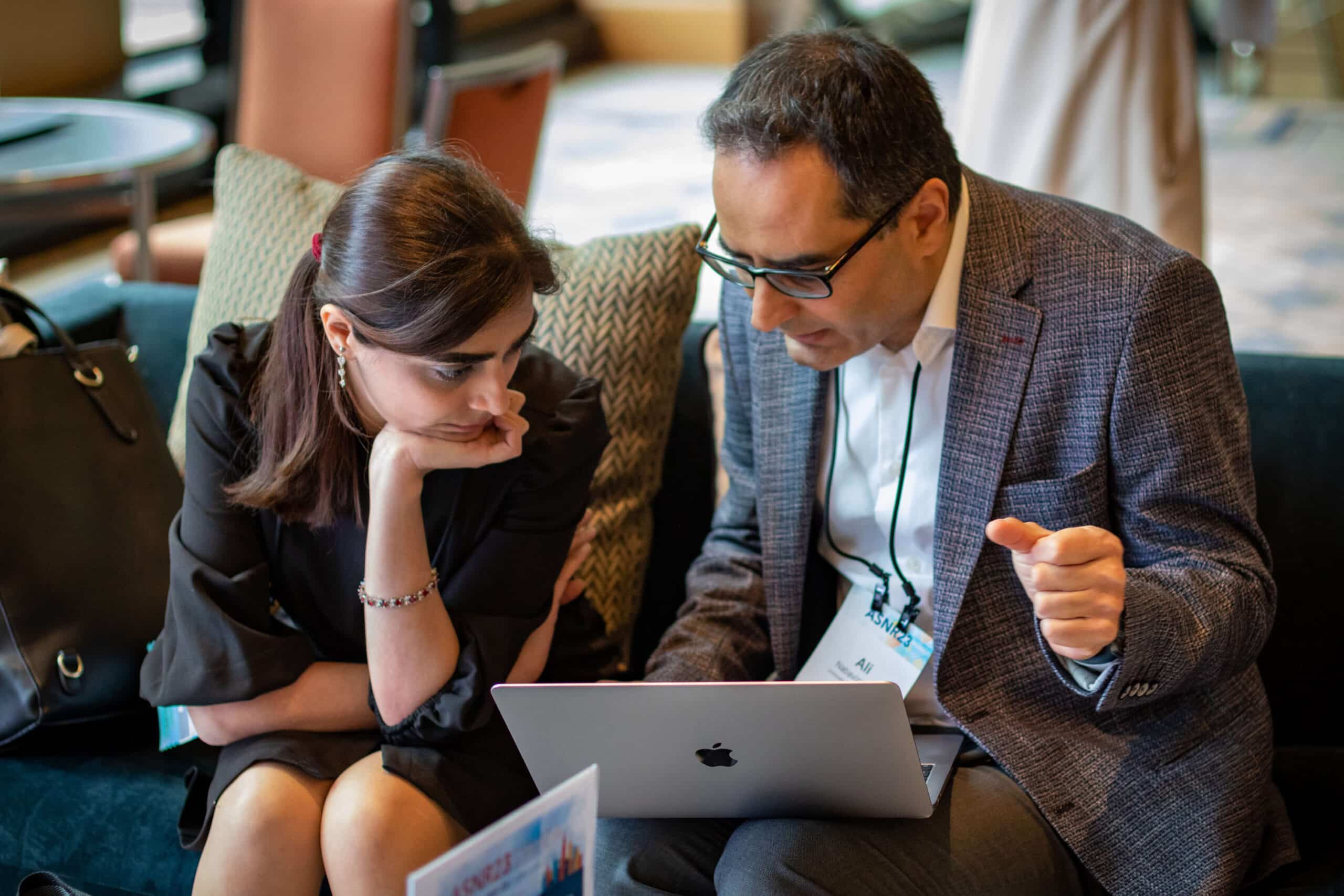
- Grants. Awards. Recognition.
Apply for a Foundation Grant Today
The Foundation of the ASNR distributes more than $920,000 each year to promote research, education, and innovation in neuroradiology via several grant and award programs.
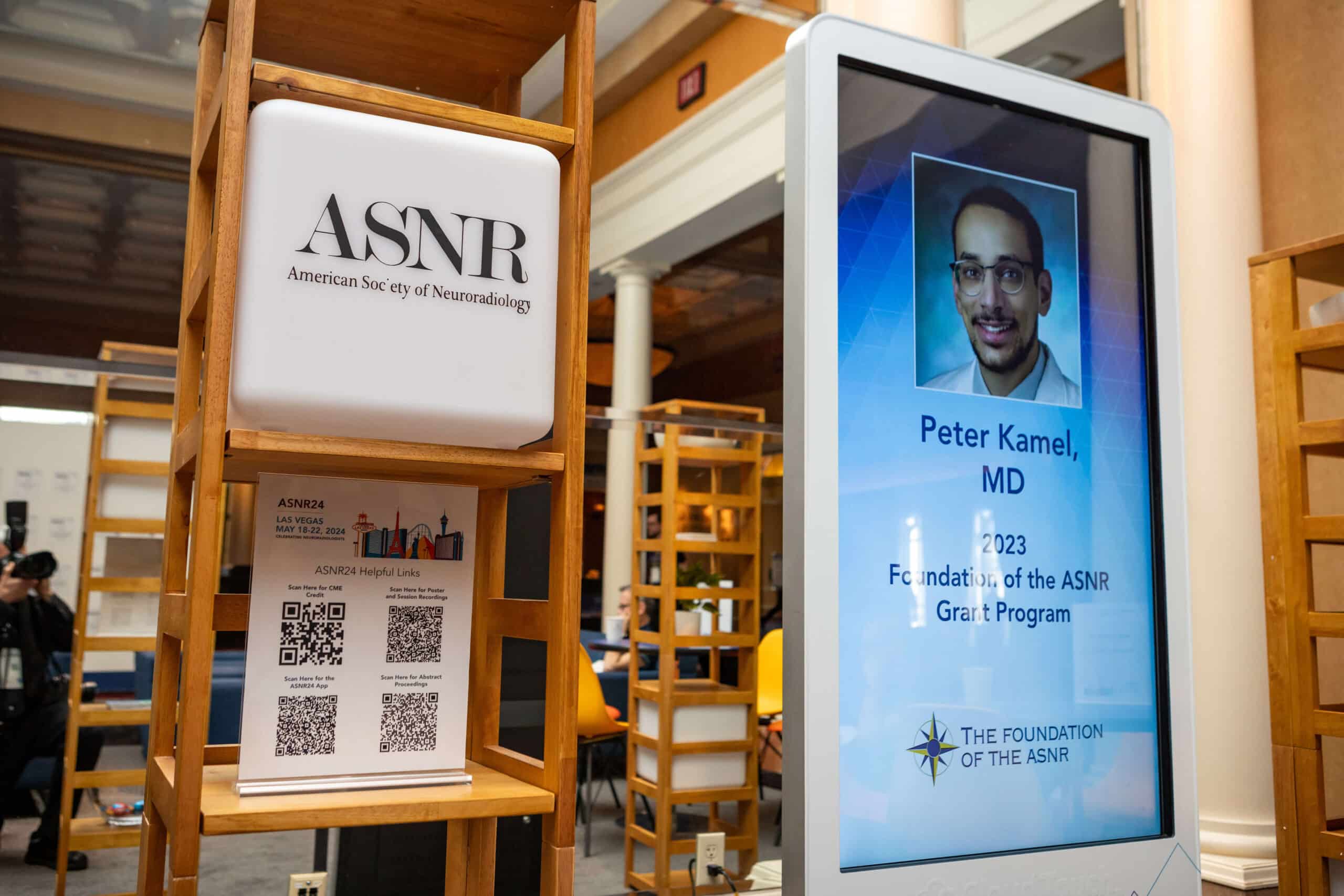
The mission of the Foundation is to promote research, education, and innovation in neuroradiology that will advance clinical practice and improve patient outcomes.
Grant and Award Recipients

2025
Elmira Hassanzadeh, MD
Optimizing Resting-State fMRI for Personalized TMS Targeting for the Treatment of Depression
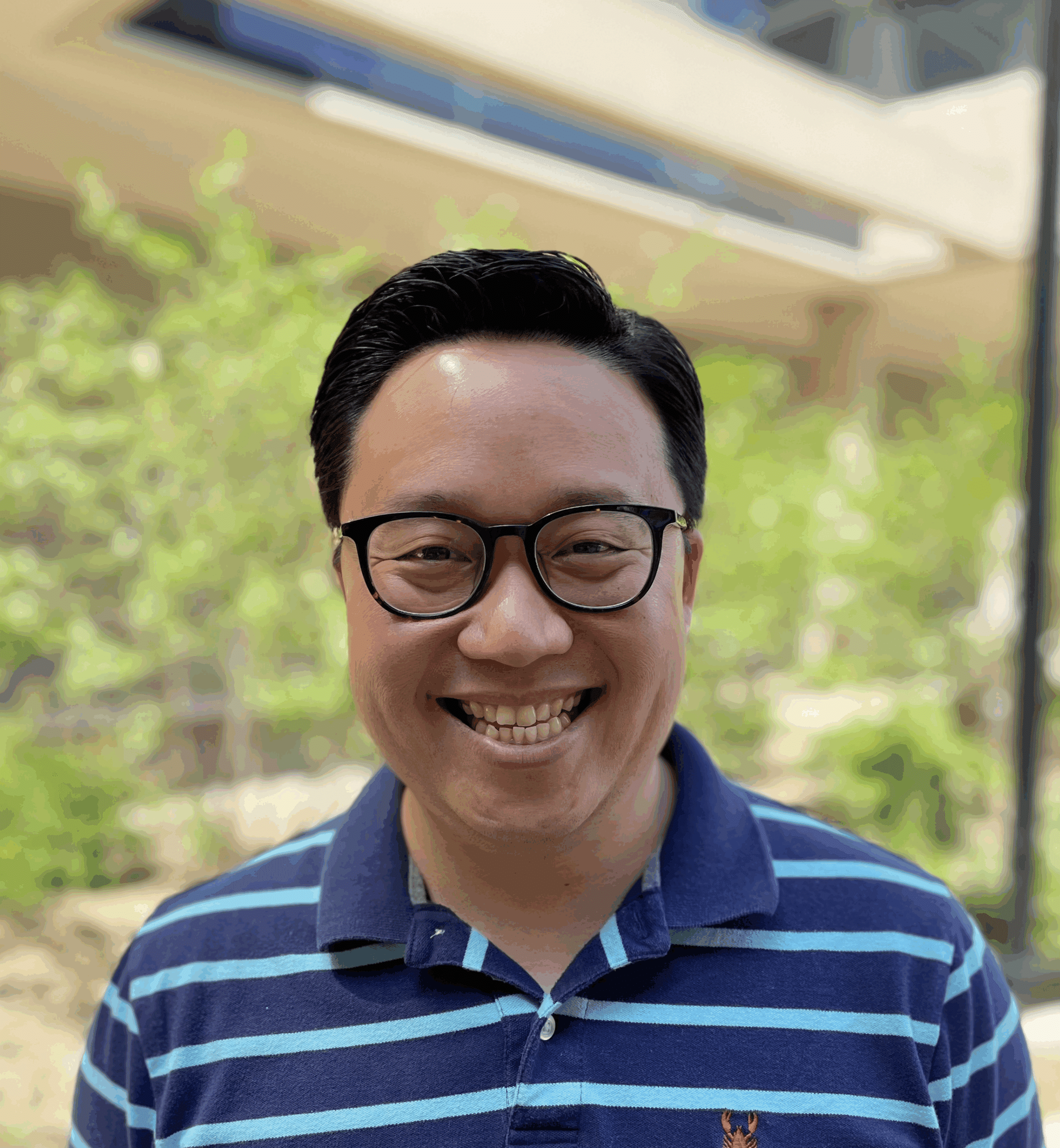
2025
JP Yu, MD, PhD
Molecular, Behavioral, and PET/MRI Correlates of Psilocybin Therapy

2025
Tammie Benzinger, MD, PhD
Ultra low field MRI for point of care monitoring for ARIA-E
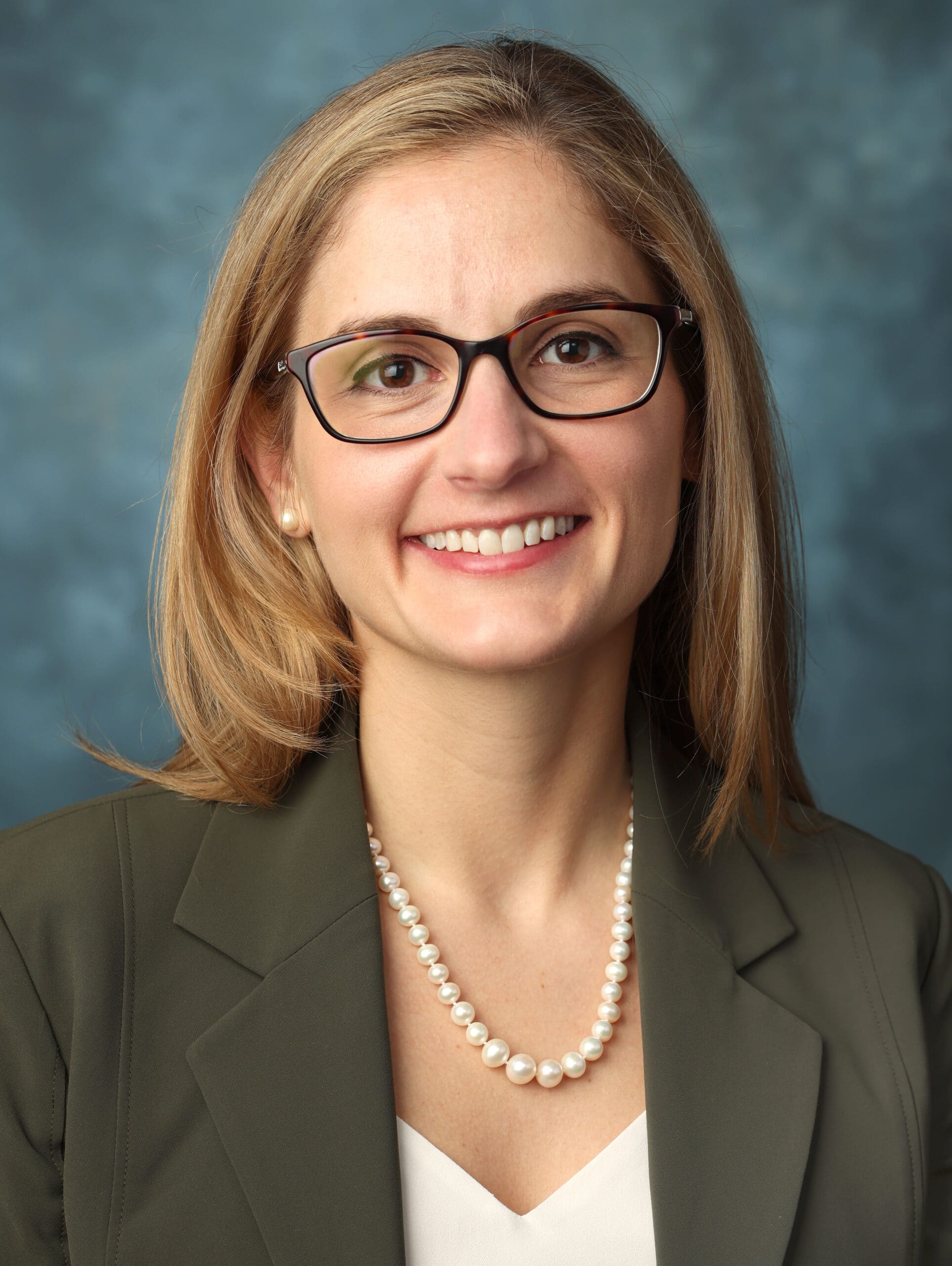
2025
Sarah Moum, MD, MSc
Non-contrast-enhanced quantitative 4D MR angiography and rVE-ASL perfusion imaging for pediatric cerebral arteriopathies
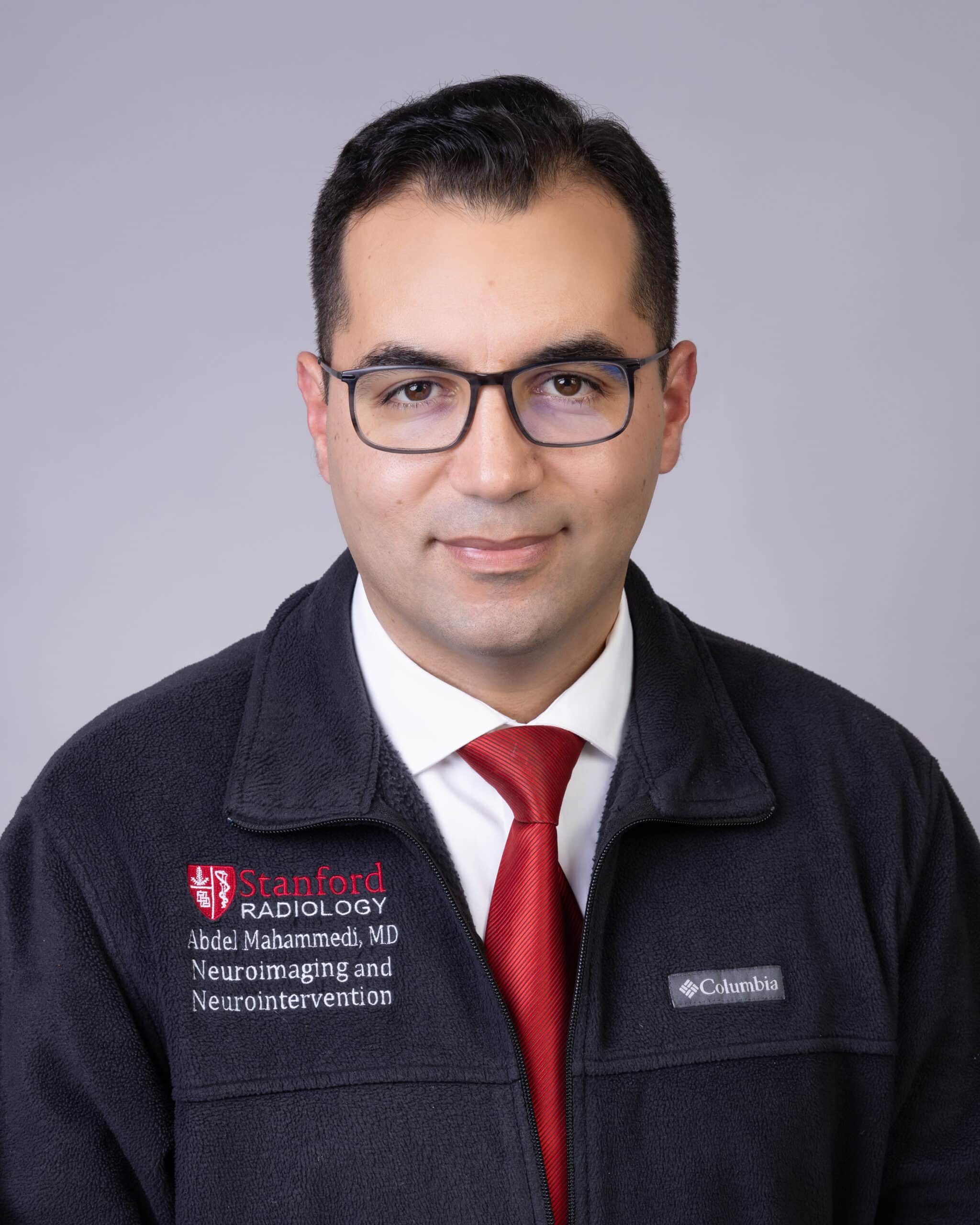
2025
Abdelkader Mahammedi, MD
Using Arterial Spin Labeling MRI to Identify the Role of Perfusion and Glymphatics in Cerebral Small Vessel Disease

2025
Shinjini Kundu, MD, PhD
Investigating Neural Pathways in Genetically-Mediated Autism using Generative Machine Learning

2025
Alexandre Boutet, MD, MSc, PhD
Deep Brain Stimulation Safety at Low and Ultra-High MRI Field Strengths: Towards a New Method for Unprecedented Direct Probing of Brain Functions
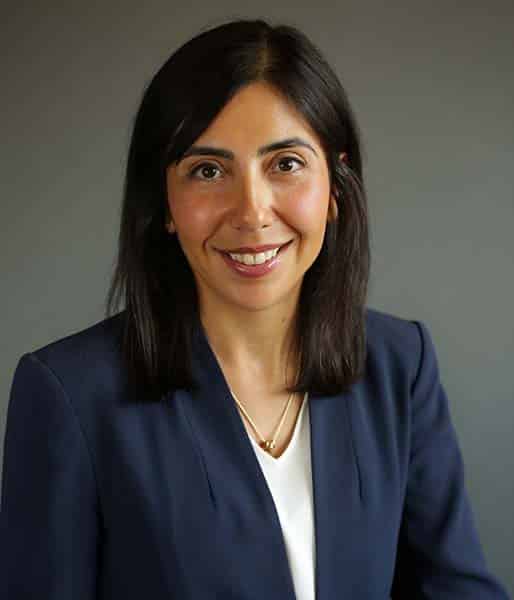
2025
Hediyeh Baradaran, MD, MS
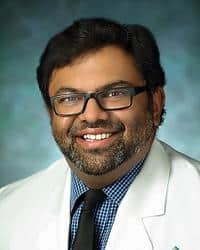
2024
Vivek Yedavalli, MD, MS
Utility of MRI Fingerprinting Arterial Spin Labeling in Detection and Characterization of Small Unruptured Arteriovenous Malformations for Treatment Planning
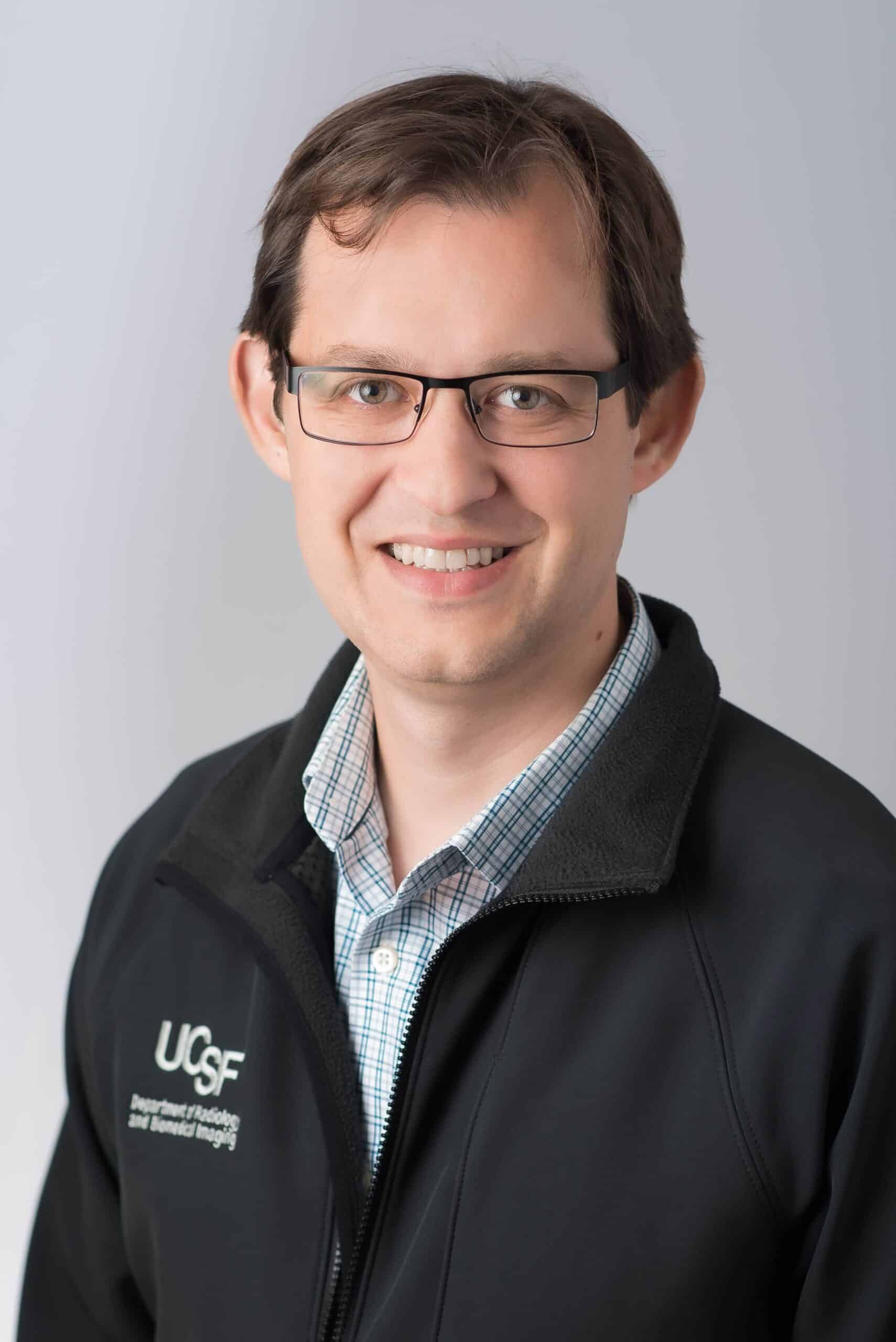
2024
Andreas Rauschecker, MD, PhD
Clinical Utility of AI-Enabled Quantitative Meningioma Monitoring
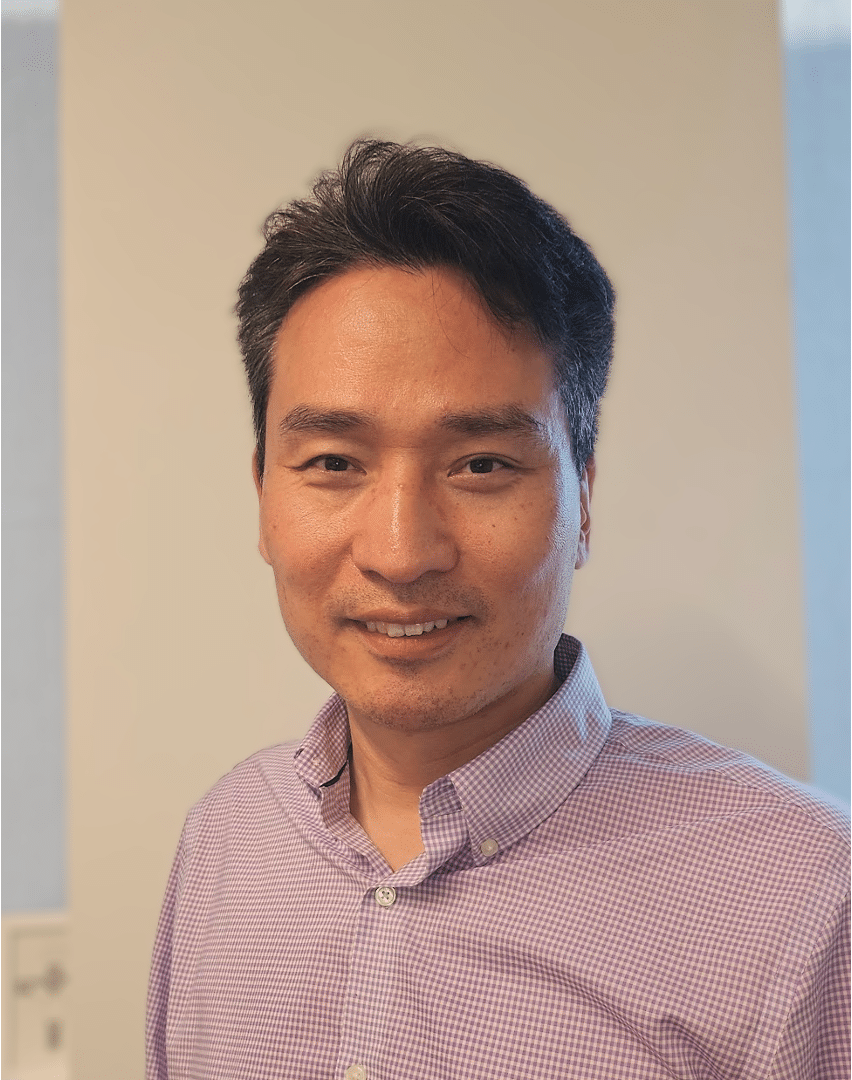
2024
Hosung Kim, PhD
Novel multi-modal imaging marker for regional glymphatic flow in humans as a potential early biomarker of Alzheimer’s Disease
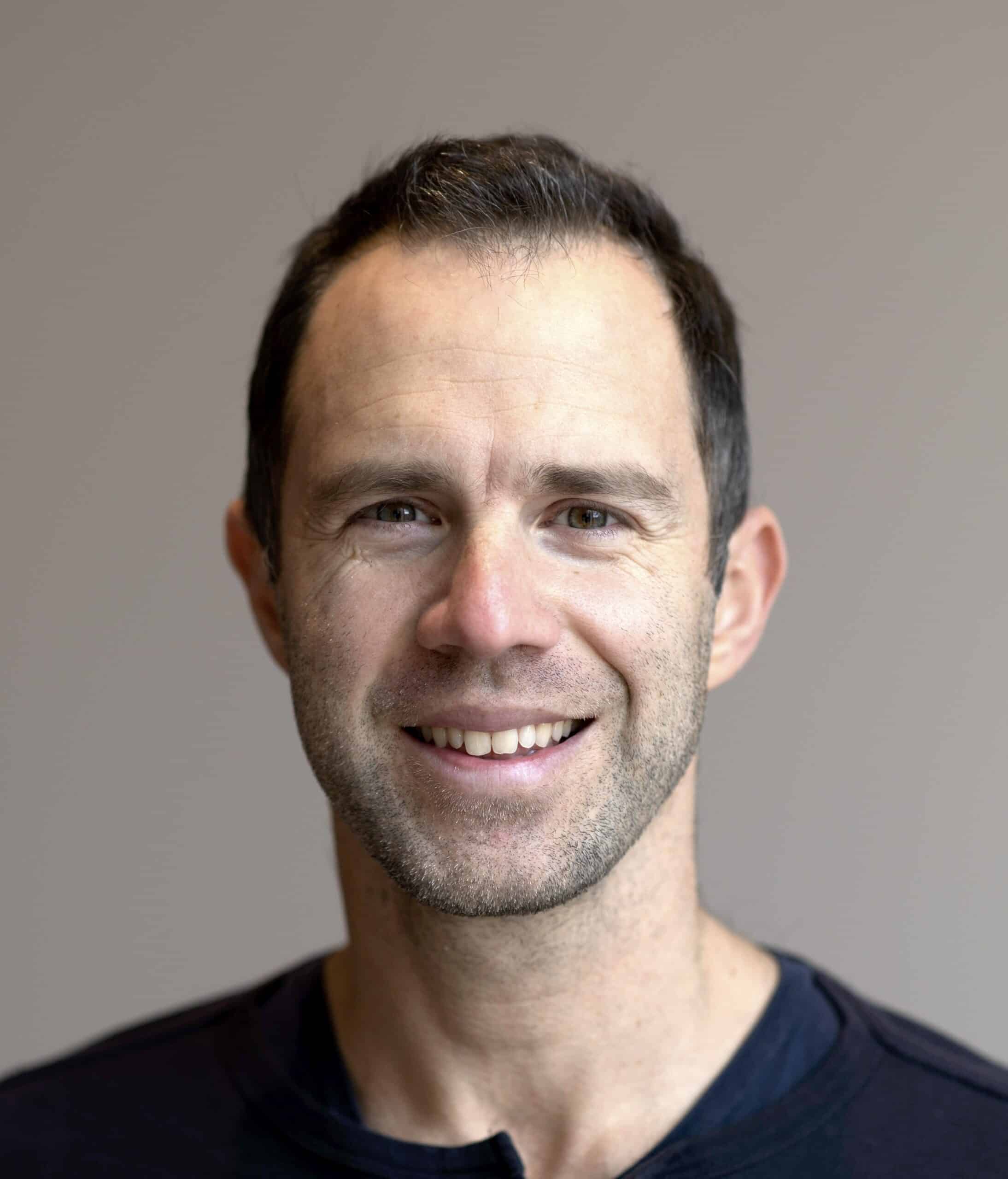
2024
Marios Georgiadis, PhD
Quantitative Myelin Imaging In AD And Integration With Molecular Biomarkers

2024
Amy Juliano, MD
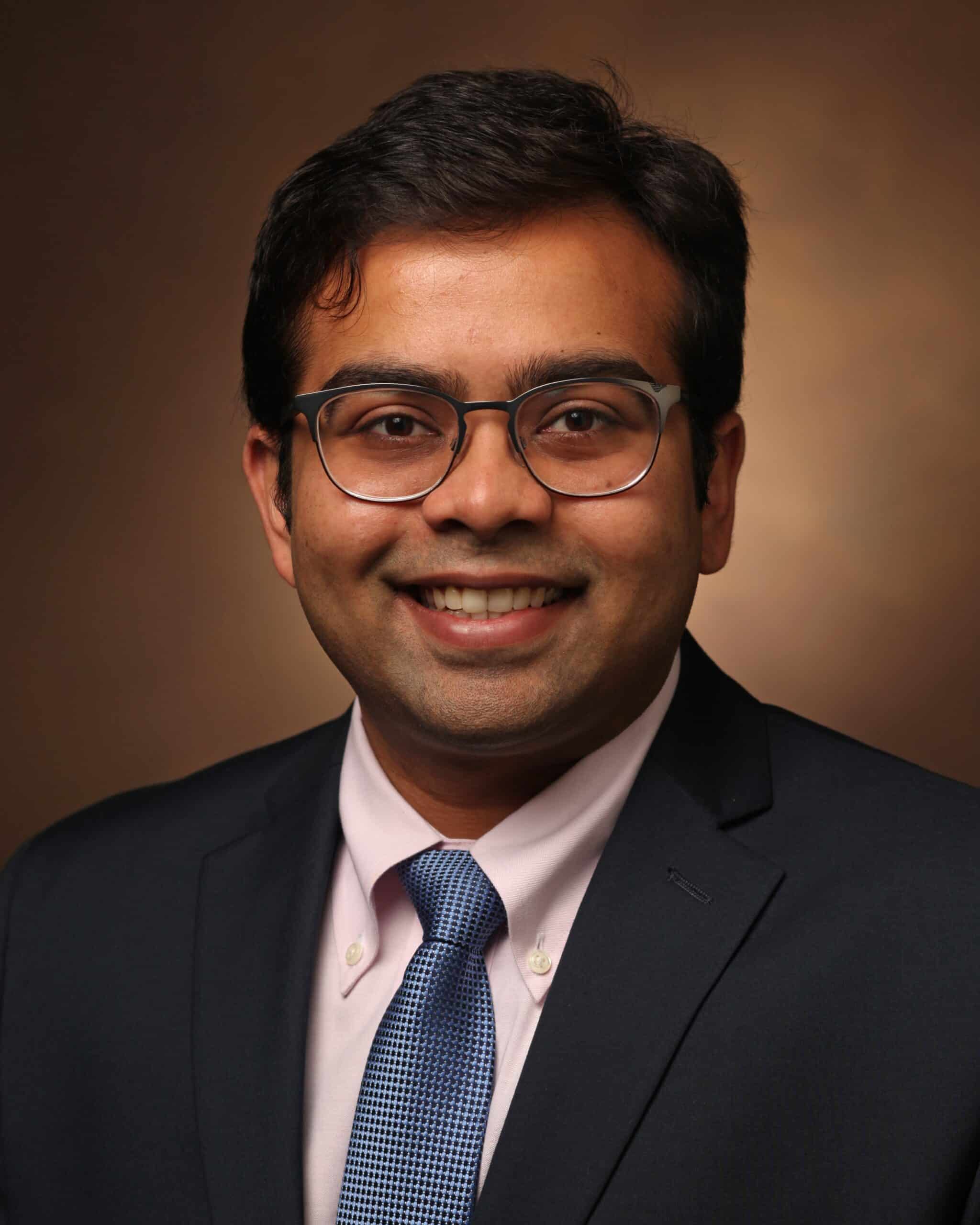
2023
Dhairya Lakhani, MD
Novel MR fingerprinting ASL in characterization of small arteriovenous malformations (AVMs)
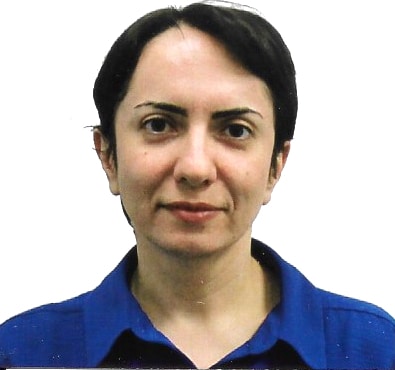
2023
Maryam Vejdani Jahromi, MD, PhD
Machine Learning Algorithm to Detect Region of Brain Infarction based on CT Angiogram Imaging
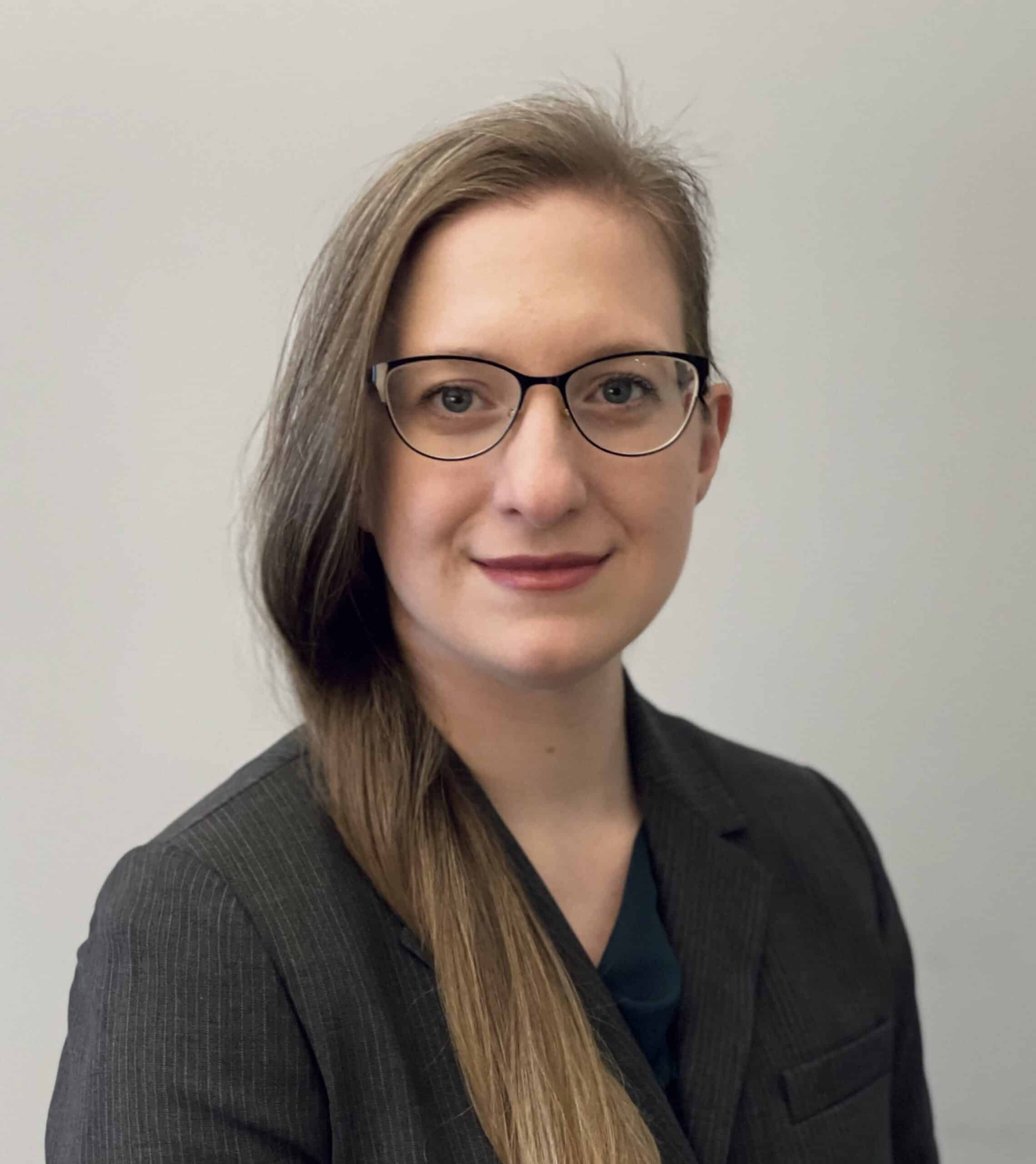
2023
Cynthia Greene, MD, PhD
Applying pH-sensitive amide proton transfer imaging to poststroke dementia patients in order to determine imaging biomarkers of post stroke outcomes.
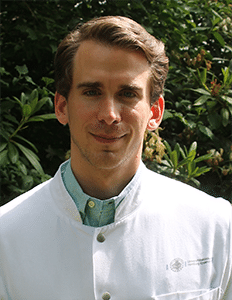
2023
Gabriel Broocks, MD
A multicenter study to implement an imaging biomarker for acute stroke management: deep learning-based quantification of net water uptake in the ischemic brain

2022
Alexandre Boutet, MD, MSc, PhD
Machine learning-driven individualised MR-guided Focused Ultrasound thalamotomies

2024
Minerva Zhou, MD
Automated Volumetric Measurements for Early Identification of Fetal Hydrocephalus Requiring Intervention
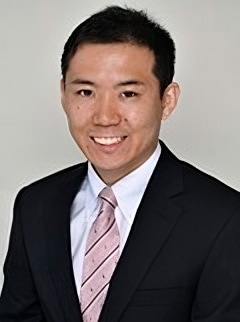
2024
Yu Sakai, MD
Imaging biomarkers of complex aortic arch plaque in acute ischemic stroke patients using photon-counting CT
Our Impact
For every $1 in Foundation grants awarded, investigators are able to secure an additional $20 in research funding from other sources.
Impact Statements

Women in Neuroradiology Leadership Development Scholarship – Hediyeh Baradaran,
Attending the 3-day Radiology Leadership Institute Summit in Boston this past September was a highlight of the year. Attending this focused leadership training summit came at a critical juncture in my career as I have recently transitioned to leading a division of diverse neuroradiologists. I learned practical skills on conflict resolution, negotiation, financial literacy, and attunement to my team’s needs. The practical leadership frameworks and communication strategies I learned have already significantly enhanced my ability to manage complex team dynamics and align varied faculty goals with our broader departmental mission. The range of topics explored gave me concrete tools to address challenges in workflow optimization and faculty engagement. Learning these leadership skills at a time when I could immediately apply them in my new role was especially valuable, as it reinforced my understanding and allowed me to build on my existing strengths in real time. Beyond the practical skills which I have already implemented, I also benefited greatly from the opportunity to network with other leaders facing similar challenges, which gave me new perspectives on faculty development, conflict resolution, and fostering a culture of accountability and collaboration. The personal connections I formed during the 3-day summit were especially meaningful, as they provided both inspiration and mentorship opportunities that will support me as I continue to grow in my leadership journey within Neuroradiology. As a result of attending this summit, I feel more confident and equipped to lead effectively, make informed decisions, and create a more cohesive and forward-thinking division. I am very grateful to have been afforded this special opportunity by the generosity of the Foundation of the ASNR, AAWR, and ACR.

Foundation of the ASNR Grant Program – Andreas Rauschecker
I am very grateful to the ASNR Foundation for supporting my early career. This grant jumpstarted a major project to learn more about meningiomas using the latest AI tools, giving us the ability to extract imaging information from all meningiomas we have ever imaged in our healthcare system — and relating these to outcomes. At the same time, we are making radiologists more efficient by giving them quantitative data and obviating manual measurements. Based on the work that the ASNR Foundation Grant enabled, we were able to submit for a large NIH grant. Ultimately we expect this work to result in data-driven personalized health decisions for patients with brain tumors such as meningiomas.

Foundation of the ASNR Grant Program – Hosung Kim
I am incredibly grateful for this ASNR Foundation Grant, which supports our efforts to develop RAPiD (Regional Assessment of Perivascular water Diffusivity), a novel MRI-based method for assessing glymphatic function in Alzheimer’s disease (AD). By improving our ability to measure regional glymphatic flow, this research aims to identify early imaging markers of AD, paving the way for more precise diagnosis and intervention. The Foundation of the ASNR grant has provided important initial resources for me in advancing our work, including our ISMRM 2025 abstract that presents the fundamental methodology of our technique. I believe this grant will serve as a foundation for future studies translating these findings into clinical applications for improved patient outcomes.

Foundation of the ASNR Grant Program — Vivek Yedavalli
Currently, there is no treatment consensus for small unruptured intracranial arteriovenous malformations, which continues to be a challenge for our clinicians in managing patients afflicted with this disease. These small AVM patients are at risk of hemorrhage, stroke, seizures, etc, necessitating biomarkers to help with treatment planning to prevent such dire complications. Thanks to the generous support of the Foundation of ASNR, we are able to improve detection and characterization of small AVMs utilizing a novel MRI fingerprinting arterial spin labeling method. I am grateful to the Foundation for providing the support to explore the clinical translation of this unique method where our biomarkers assist with treatment planning for these AVM patients. The funding from the Foundation gives me the time and opportunity to enroll patients prospectively and collect the requisite data for subsequent publication and larger grant opportunities. With the preliminary data we are able to obtain for this investigation, we intend to submit this project as an R01 NIH grant in the future. This grant has been invaluable in my career growth as a clinical and translational physician scientist and I am grateful for the Foundation’s continued unwavering support in allowing us to push our science to the next frontier.

Foundation of the ASNR Grant Program – Marios Georgiadis
Myelin, which insulates neuronal axons and makes up ~40% of our brain, is strongly involved in Alzheimer’s Disease, but its role is unclear, partly due to lack of methods to study it. Our novel myelin-specific imaging method using X-ray scattering can quantify myelin levels and integrity tomographically. With the generous support of the Foundation of the ASNR grant, I am leveraging this to quantify myelin degeneration in the Alzheimer’s brain, link it to molecular biomarkers, and translate it to quantitative in vivo MRI imaging. The FASNR grant is essential for this research that can yield new imaging and molecular biomarkers that can drive much-needed novel Alzheimer’s Disease diagnosis and treatment strategies.
30 in 30 to Honor the Foundation’s 30th Anniversary — Help Us Reach Our Goal!
In honor of the Foundation of the ASNR’s 30th anniversary, we are striving to receive donations from 30 percent of ASNR members between now and March 31, 2026! Your donations impact researchers as they explore, examine, and provide the analysis that will further the discipline of neuroradiology. Every contribution demonstrates your commitment to advancing clinical practice and improving patient outcomes. Donate today!

Your support helps foster both scientific and clinical excellence and makes a difference in the lives of millions of patients under the care of neuroradiologists
